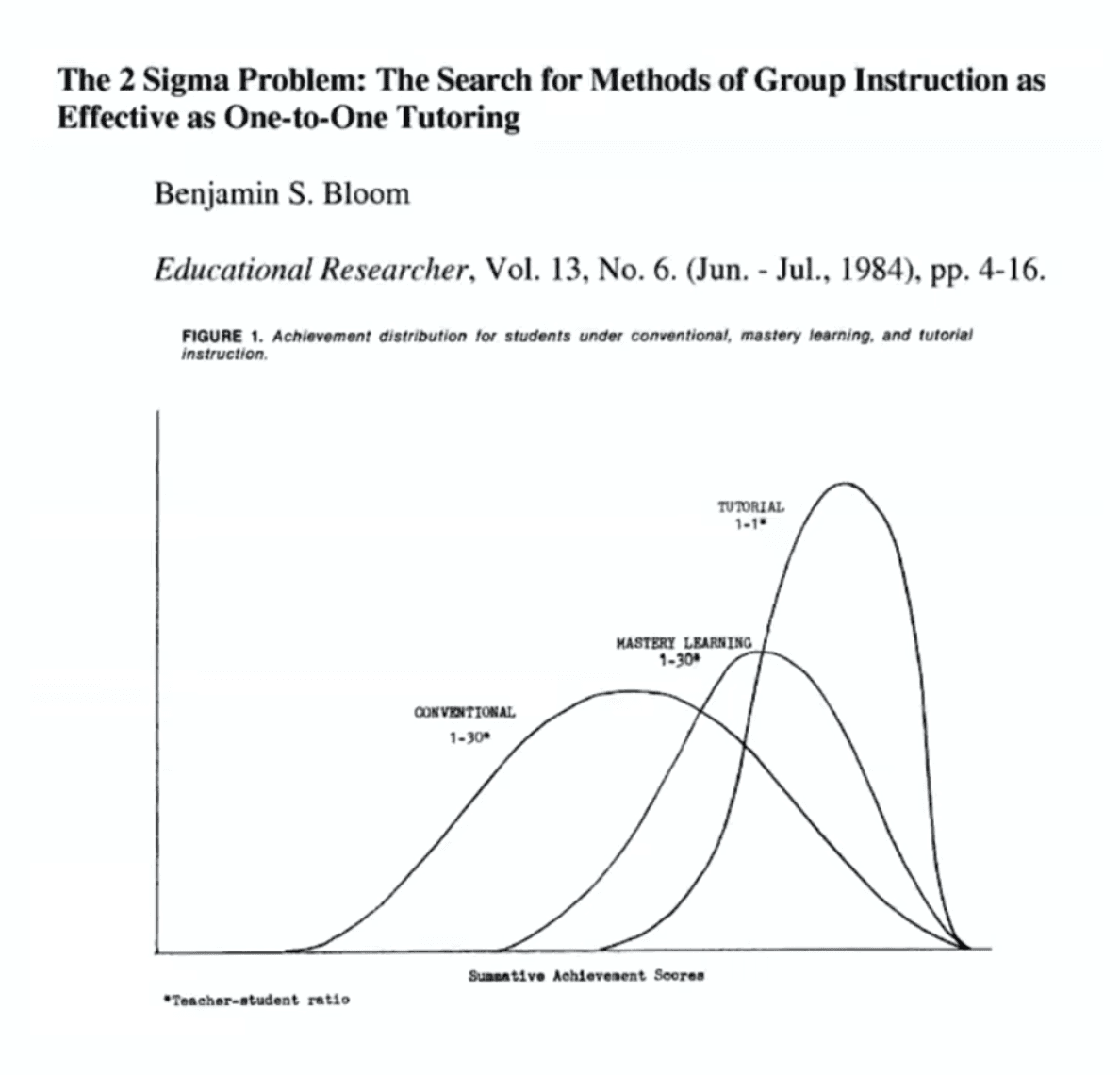Technology's changed so much in our lives but our education system is still stuck in the past. Imagine the typical classroom, one teacher, standing in front of 30 odd kids and hardly any time or resources available for one on one attention. So what happens? Kids with extra support, usually from outside school do well while others who struggle, get left behind. Education is broken. Even the data shows a concerning picture. Only 1 in 3 4th graders are reading at or above their grade level today. Just 1 in 3 parents are satisfied with the quality of education their children are receiving. And only half of the parents today express a desire for their children to pursue college or any form of post-secondary.
Introducing ClassRoom by FamSchool
After developing the first version of our product for the homeschool market, we’re pouring our learnings into a product for the traditional classroom. Our team has learned a ton about the pitfalls and opportunities of AI for educational use cases. Here you’ll find a quick video overviewing what we’re developing, but don’t skip the rest of this article that expands further on the challenges with traditional education and a detailed discussion of the opportunities AI brings for improving educator workflows (freeing up time for more important, hands-on instruction) and elevating student outcomes.
The Challenges with Traditional Education in the Classroom

As was shown by preeminent education researcher Benjamin Bloom in his famous 1984 study, one-on-one tutoring leads to more consistent & better development outcomes for students than traditional one-to-thirty classroom learning. This aligns with the reality of the burden that is on the shoulders of teachers today, and that burden has only gone up with the general decline in literacy levels over the past decades in the US paired with the sharp decline in academic performance due to the recent pandemic.
Teachers are handed over a classroom full of 30 unique students, each with their own frustrations and excitements, interests and motivations, and they’re expected to ensure they understand and adapt for EACH of these young people in their classroom. So now that we’ve defined the high level problem, let’s break down some of the specific challenges within it (inspired by Prof. Bryan Brown’s talk on a panel about AI’s potential for Education):
Mismatch between teaching methods and learning needs
Limited student participation compounded by cultural and gender biases
Utilizing feedback for instructional improvement (slow/weak feedback loop)
Engaging students with relevant content based on their interests/context
Balancing collaborative and individual learning
Overcoming language and communication barriers
These are some of the most salient problems that we’ve recognized in the traditional classroom setting, but by no means is this an exhaustive list of the challenges with modern education.
The Opportunity of AI to Improve Education
Easing & Improving Educator Workflows
As we’ve already defined; teachers have an extremely demanding role, they’re required to switch context between tasks constantly. From ensuring lesson plans are consistent with defined curricula while being engaging for the specific set of young learners in front of them, to designing and conducting evaluations for reporting and much more. Some of the core workflows we’re thinking deeply about are:
Creating instructional materials that is tailored at the student level (not just the classroom level), using analogies and examples that speak directly to the individual student
Encouraging and capturing engagement from ALL students, especially those that may be shy in a classroom setting (let’s meet them where they are)
Reducing administrative and repetitive workloads around prepping materials, grading assignments, organizing specific feedback, creating additional material for where students are weakest
Tightening the feedback loop between assessment/grading and the next lesson that should focus more on concepts where the student is weakest
These are some of the core areas of our focus but there are many more nuanced aspects of education that need to be tackled and we’re excited to be part of the movement towards dramatically better educational tooling, systems and frameworks.

Elevating Student Outcomes
The opportunity our team is most excited about is the potential for an AI-powered tutor (or an educator supporting teaching assistant). A supportive guide to the student that can help create custom lessons that utilize the power of modern LLMs (Large Language Models) to create storylines & analogies based on the student’s particular interests (imagine a lesson on fractions that uses American Football or Minecraft analogies or any other theme the the specific child finds most exciting). Such an assistive technology can speak to the child, listen to their responses, assess the child’s responses to understand their specific weaknesses and strengths, detect when the child is losing interest/needs a break, needs a concept reiterated and so forth. THIS is what great one-on-one tutoring looks like!
We imagine such a tool being one of the most powerful teaching companions for educators. Notifying the educator about specific challenges that each student may be facing, long before the problem compounds into a major lag in learning, or worse, the breaking down of confidence in the student. SEL (Social Emotional Learning) goals can also be better served with AI powered technology; similar to a great educator, an appropriately build AI powered assistant can understand when a student feels true confidence in a concepts (beyond just understanding & regurgitating the concept over a quiz). With voice detection, looking at response times, analyzing for sentiment in responses, technology can again monitor and notify educators when student needs the most support.


